Dogs with unshakable devotion form an intimate bond with their humans. These velcro breeds aren’t aloof—they remain constantly attentive and present. Whether trotting beside you during a walk or settling at your feet indoors, their presence is a dependable comfort.
These dogs thrive on closeness and companionship, often shadowing their owners from room to room with unwavering loyalty. While their affectionate nature endears them, each breed’s physical and behavioral traits shape how this bond plays out.
Some velcro dogs are petite and perpetually perched; others are larger, yet their loyalty remains equally steadfast. To understand what makes a dog a velcro breed, we must explore how genetics, history, and personality converge.
Following sections will spotlight nine velcro dog breeds, clarifying what defines them, what motivates their clingy nature, and how to support their emotional and physical needs.
Dog Breeds That Are Basically Velcro In Fur Form
1. Labrador Retriever

There’s something about a Labrador that makes them feel like they’ve always been part of your home, even if you just met. They amble into your space, tail sweeping everything in reach, and within minutes, they’re leaning against your leg like they’ve belonged there forever. That easy warmth explains why they’re the most popular family dog in the world.
For all their friendliness, Labradors are built for work. According to the AKC, their roots lie in the icy waters off Newfoundland, where early versions of the breed jumped into the sea to haul nets and fish. That’s why most Labs head for water instinctively, and why they carry a kind of purposeful energy, even on a lazy afternoon.
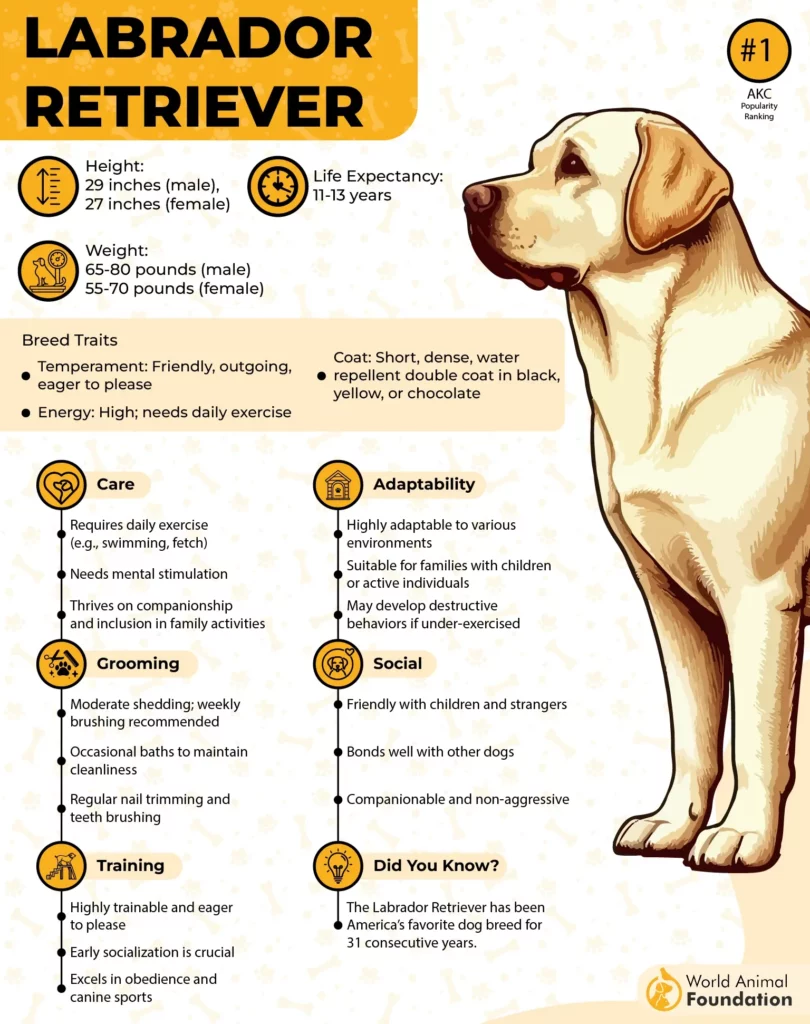
Living with a Lab means managing that enthusiasm. Their drive can make them counter‑surf for snacks or greet strangers with full‑body enthusiasm if you don’t teach them boundaries.
Their coat is deceptively practical—short, dense, and weather‑proof, designed for plunging into cold rivers. It also sheds in astonishing quantities twice a year, leaving a storm of yellow, black, or chocolate fur that demands a vacuum and a good brush.
And through all of this—the training, the brushing, the endless games—you’ll notice one thing: they’re always close. Whether you’re on the sofa, in the kitchen, or halfway out the door, the Labrador isn’t just following. They’re joining.
Quick tips
Keep swimming gear handy—water is their true playground.
Use meals for training—they’ll do anything for a bite.
Expect “molt season” twice a year—fur everywhere.
2. Border Collie
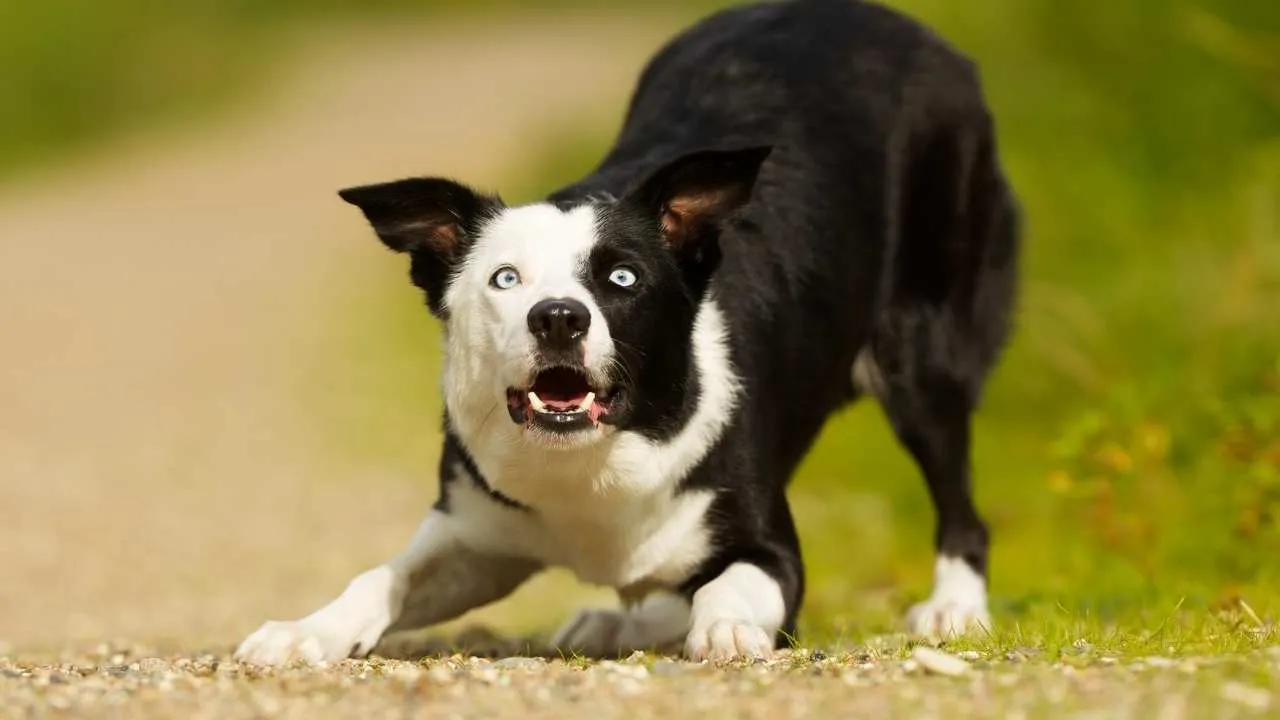
A Border Collie doesn’t just live in your house—they study it. They note every movement, every door creak, every sigh, and they file it away in that razor‑sharp mind. That’s the essence of their velcro nature—they’re not simply hanging around; they’re watching, calculating, anticipating your next move.
This isn’t a couch dog. Bred on the misty borderlands of Scotland and England, Border Collies ran miles across hills, using that famous “eye” to herd sheep with uncanny precision. That legacy still surges through them—they need things to do, puzzles to solve, decisions to make.
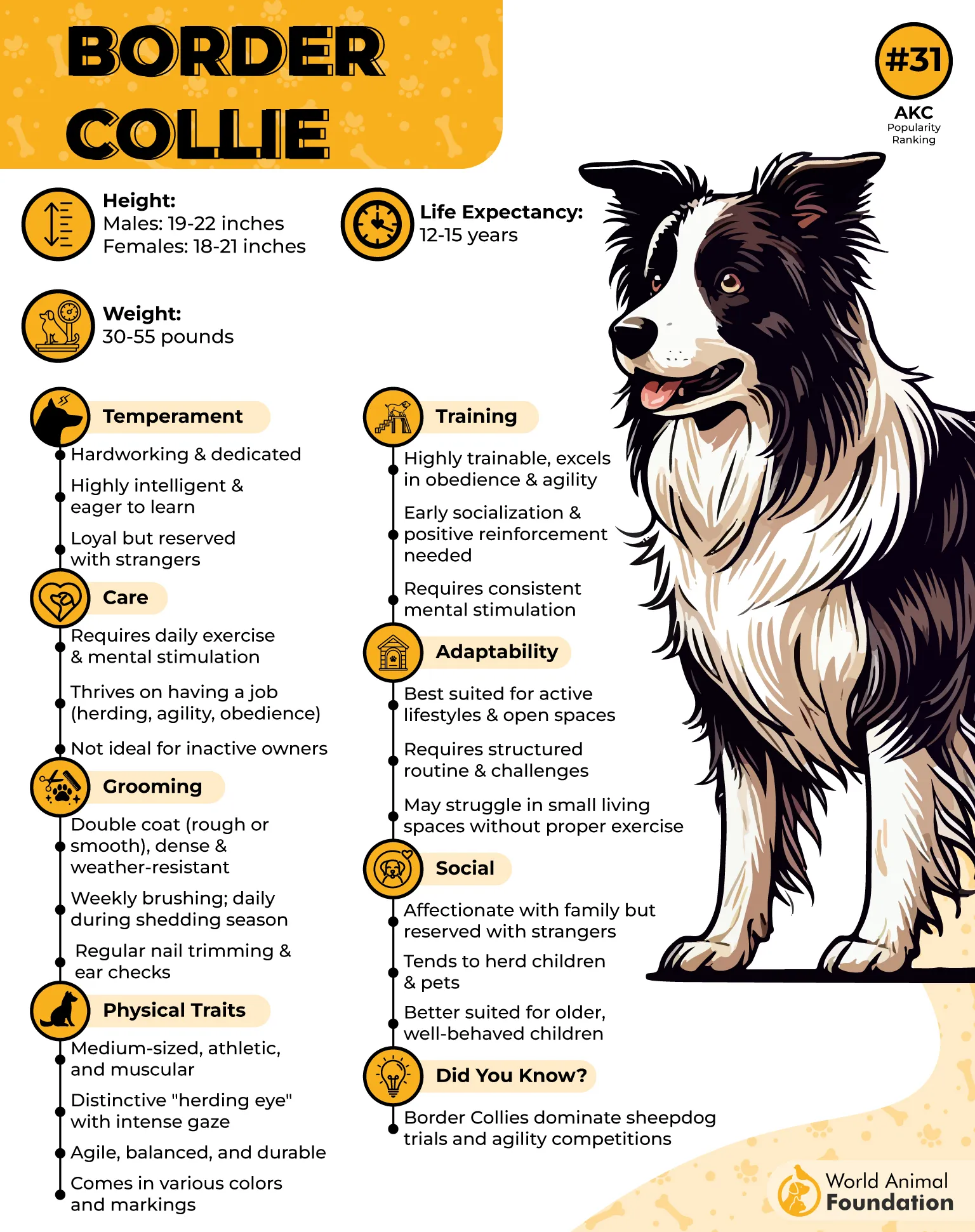
If you don’t give them work, they’ll create their own. Some start herding the kids or circling furniture; others fixate on every squirrel and shadow. They don’t “turn off” on their own—you have to teach them when it’s time to rest.
Their coat, whether smooth or rough, carries the same untamed beauty as their spirit. It feathers at the edges, sheds in clumps, and tangles if ignored. But brushing a Border Collie isn’t just maintenance—it’s a rare chance for stillness with a dog who never stops moving.
And maybe that’s their greatest charm. They’ll follow you, yes, but not out of anxious need. They follow because you’re their flock, and they take that job very seriously.
Quick tips
Rotate games—they’ll master the same puzzle in minutes.
Redirect “herding behaviors” before they get out of hand.
Daily brushing turns chaos coat into something manageable.
3. Golden Retriever
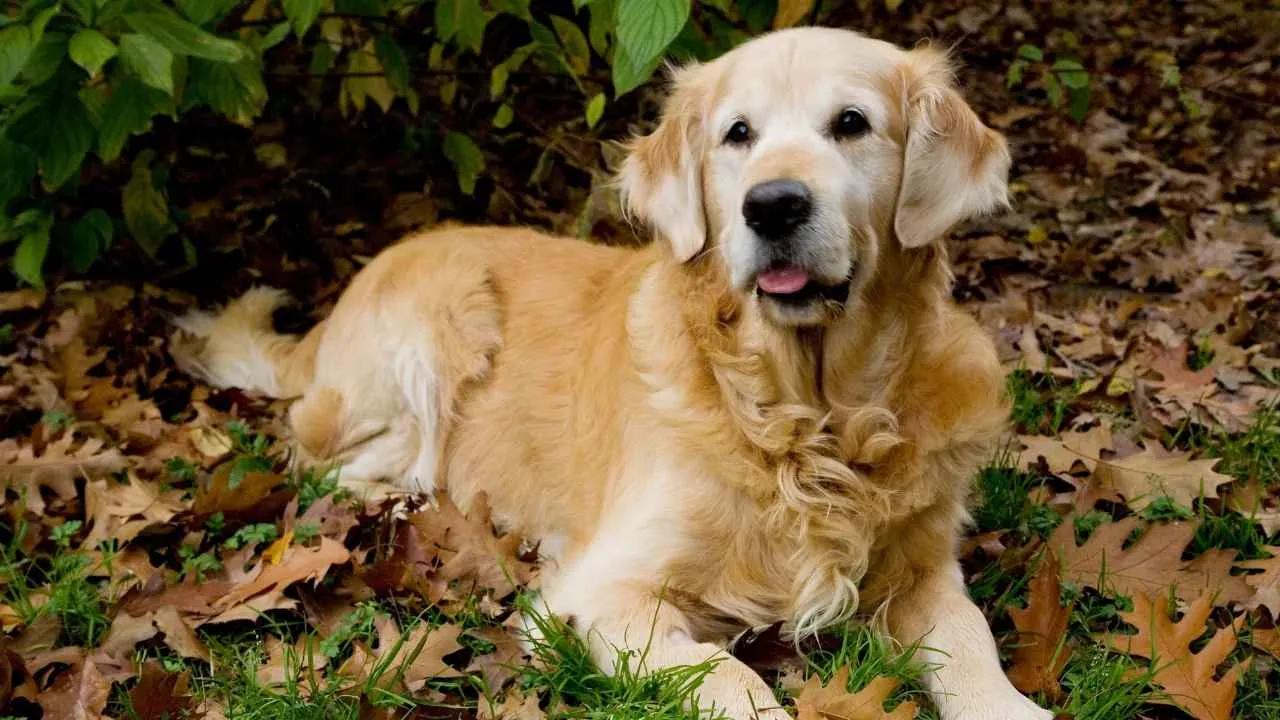
There’s a calm glow to a Golden Retriever that feels almost medicinal. They’ll rest their head on your knee, eyes soft, and you can feel your shoulders drop. That’s the magic of a Golden—they don’t just stick close; they wrap you in quiet reassurance.
But don’t mistake their gentleness for laziness. Goldens were bred in Scotland to retrieve game from marshes and rivers, and that history shows. They’re athletes at heart, racing after tennis balls and plunging into lakes with a joy that feels contagious.

They’re also wildly sociable. Guests, delivery drivers, total strangers—Goldens greet them all with the same wagging warmth. Without some structure, that enthusiasm can bowl over small children or startle cautious visitors.
Their coats are their crown, and their curse. That silky golden fur is water‑repellent, perfect for splashing in ponds, but it also fills the house twice a year in a shedding storm. Brushing isn’t optional—it’s survival.
Golden Retrievers don’t just “hang out” near you. They settle, they lean, they check in with those steady eyes, as if to remind you they’re right there. Always.
Quick tips
Build calm manners for greetings—they come on strong.
Channel their retrieving instinct with fetch in water.
Stock up on lint rollers—golden hair gets everywhere.
4. Vizsla
Some dogs like to stay near you. A Vizsla practically insists. They lean, they press their nose into your elbow, they drape across your lap as if they were bred to be a living blanket—and in a way, they were. Hungarian hunters wanted a dog that could track, retrieve, and stick close to their side, and the Vizsla never forgot.
Their energy is boundless but elegant, like a runner stretching before a sprint. They’ll match your pace for miles, then curl up against you on the couch, melting into a puddle of warmth. It’s the combination of motion and stillness that makes them so magnetic.
Their emotional radar is sensitive—sometimes too sensitive. A harsh tone can deflate them, while gentle encouragement lights them up. They want to please, but they want to do it without feeling scolded.
According to Hill’s Pet, their sleek, rust‑colored coat barely needs care. But, it’s a passport to your furniture—they’ll be on your bed, your sofa, and probably in your lap before you’ve even decided if you’re okay with it.
The shadowing never stops. From the kitchen to the yard, from the front door to the bathroom—they’re there, quietly checking in, as if distance itself feels wrong.
Quick tips
Make daily exercise non‑negotiable—it’s what keeps them balanced.
Use soft training; sharpness only shuts them down.
Accept that “lap dog” isn’t a joke to them—it’s a mission.
5. Maltese
There’s an almost storybook quality to the Maltese—white fur that spills like silk, a size that lets them perch in your arms like a teacup. But don’t let that fragile look fool you. For over two thousand years, the Maltese have been steadfast in one simple calling: stay close to their human.
They have a way of stitching themselves into your routines. They follow you to the door, they curl under blankets as you read, they rest in the crook of your arm while you type. It’s devotion, yes, but also habit—they’ve been doing this for millennia.
The training they need is less about discipline and more about conversation. They’ll argue, they’ll test limits, but with a cheerful tone, they turn into little trick‑learners who will spin, sit, and charm on cue.
Their coat is a commitment. That long, white curtain tangles fast and mats if ignored, and those big eyes mean daily tear‑stain care. But the brushing sessions often become their favorite part of the day—a quiet ritual of closeness.
Their clinginess doesn’t feel needy. It feels intentional, as if they’ve decided you are the safest, softest place in the world—and they see no reason to move.
Quick tips
Daily brushing is essential—skipping a day shows immediately.
Teach a “quiet” cue early—some Maltese have a lot to say.
Handle with care—they’re tiny, and the world is big.
6. Pug
This wrinkly dog doesn’t just follow you, it toddles after you with the confidence of someone who believes they’re entitled to be wherever you are. That attitude has deep roots: in ancient China, emperors bred them to be constant companions, and Pugs have been perfecting the art of “cling” ever since.
They’re clowns with a deep attachment. They’ll nudge your hand for another scratch, grunt dramatically when you stop petting them, and curl into a heavy little loaf on your lap the second you sit.
Training a Pug is more comedy than drill. They’ll happily perform for a treat but might turn training into a game of their own making if you get too serious. Short, fun lessons fit their stubborn streak better than any kind of strict routine.
That short coat looks low‑maintenance, but it sheds with surprising enthusiasm. Little hairs end up on your clothes, couch, and coffee table—one brush a week helps, but it’s a Pug reality you learn to accept.
In the end, the Pug’s clinginess is charming, not smothering. They stay close because that’s their purpose—an unbroken line of lap dogs stretching back thousands of years, now snoring on yours.
Quick tips
Watch their weight—they’ll eat anything, and extra pounds strain their breathing.
Keep them cool—heat is hard on their flat faces.
Don’t underestimate the shedding—it’s sneaky but constant.
7. Doberman Pinscher
The Doberman carries itself like it knows exactly who it is—sleek, alert, and entirely focused on its person. This isn’t a dog that simply hangs around; it stays close with purpose, scanning the world with a quiet intensity that feels almost protective.
Their origin explains a lot. In 19th‑century Germany, a tax collector named Karl Dobermann blended several breeds to create the ultimate companion‑guardian: a dog smart enough to take commands, fierce enough to deter threats, and devoted enough to live at his side, as noted by WebMD. That blueprint still defines every Doberman today.
Training is a conversation with them—they learn fast, but they expect clarity. Leave them guessing, and they’ll improvise, which can mean charging ahead when you wanted them to wait. With structure, though, they transform into intuitive partners who seem to read your mind.
They aren’t velcro dogs in the “clingy” sense. Their closeness feels deliberate, like a bodyguard standing just behind your shoulder, not out of insecurity, but out of loyalty.
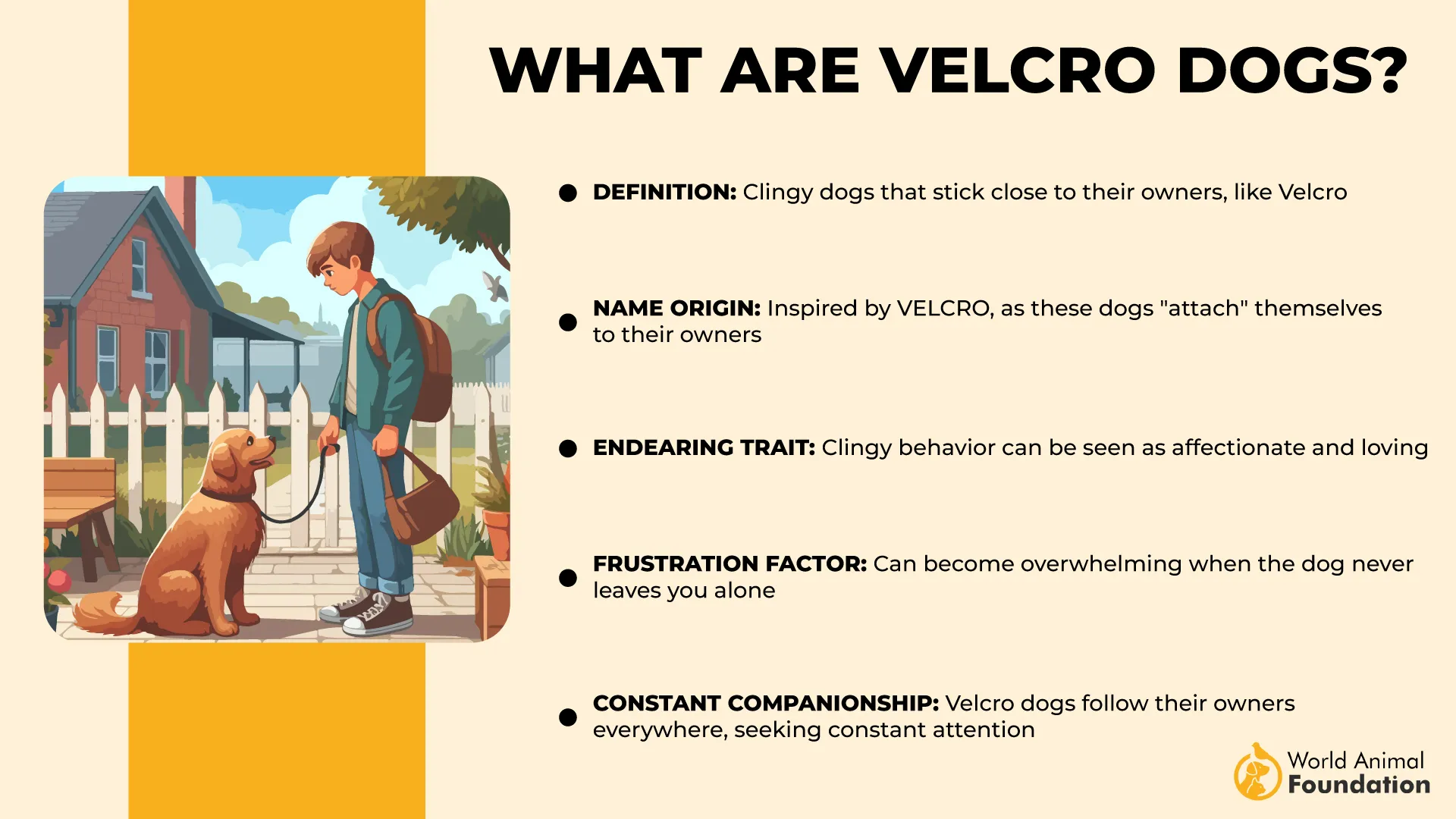
Their polished, short coat barely needs brushing, but don’t be fooled by the tidy exterior. Beneath it is pure muscle—60 to 100 pounds of power that needs exercise and jobs to stay steady.
Quick tips
Build impulse control early—they’re eager to act.
Keep their minds busy—obedience, scent work,and agility all shine here.
Gentle exposure to new people helps shape balanced protectiveness.
8. Italian Greyhound
Italian Greyhounds are fragile and fearless all at once. They look like tiny works of art—slender legs, delicate bones, a coat so fine it’s almost a whisper. But watch one sprint across a yard, and you’ll see the wild joy of a creature built for speed.
They’re also magnets for human warmth, literally and emotionally. They’ll burrow under your sweater, press their long nose into your neck, and curl against you as if your lap is the only safe place in the world.
Their temperament is all light touches—they wilt under harsh words, but beam when praised. A kind tone and a handful of tiny rewards are all they need to become eager learners.
That body, so elegant, is also fragile. A jump from the wrong height can mean a broken leg, and cold weather sends them shivering. Sweaters aren’t a gimmick for Italian Greyhounds—they’re survival.
Their attachment is quiet but total. They don’t just follow; they slip into your presence like a shadow, barely noticeable until you realize they haven’t left your side all day.
Quick tips
Use soft landings—hard floors are unforgiving on their thin frame.
Always leash outside; their chase instinct is instant and unstoppable.
Have a sweater collection—they need them.
9. German Shepherd
With a German Shepherd, you never really feel alone. They stand beside you with an air of readiness, a living sentinel who seems to notice everything before you do. It’s not frantic attachment—it’s commitment, the kind bred into them from their earliest days herding sheep across German hillsides.
Their devotion has a weight to it. They don’t just tag along—they position themselves, standing between you and the unknown, checking in with steady glances. It’s comforting, even when you didn’t know you needed comforting.
They are thinkers, and thinkers need work. Shepherds thrive when you give them challenges—advanced obedience, scent games, even small household “tasks.” Without that outlet, their sharp minds can tip into restlessness or over‑vigilance.
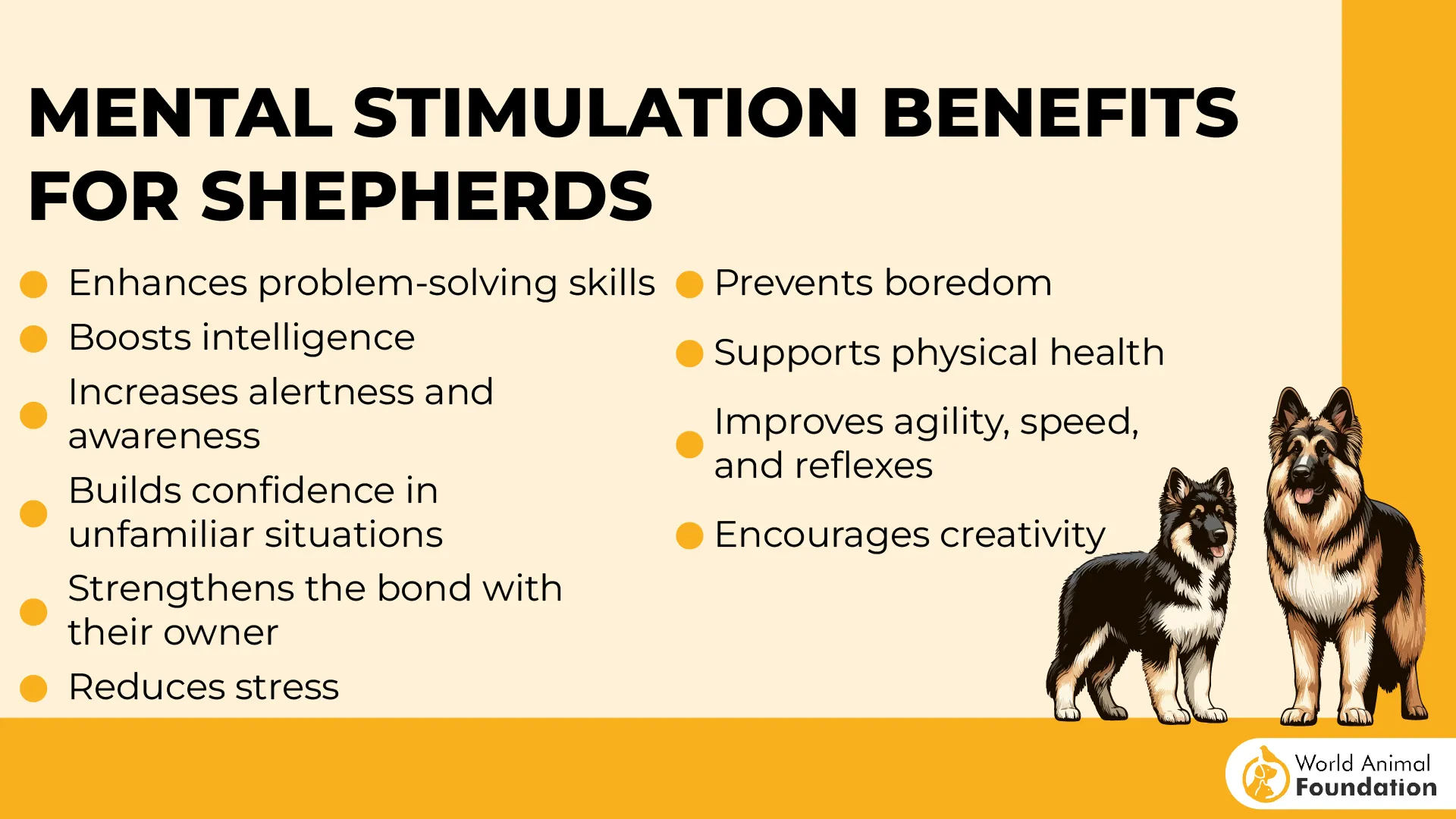
The double coat they wear so proudly sheds like a year‑round snowstorm, and twice a year it explodes into a blizzard. Brushing isn’t just grooming—it’s how you stay ahead of the fur tide.
And through it all, they stay near. Whether you’re making coffee, answering emails, or taking a late‑night walk, the Shepherd will be there—a steady presence, just waiting for whatever you’ll do next.
Quick tips
Scent work or tracking games channel their working instincts.
Socialize early to build confidence, not suspicion.
Brace yourself for the “fur storm”—it’s real and relentless.
Conclusion
Hunting dogs, lap warmers, tireless workers—these velcro breeds all share a single trait: they were originally bred to form close bonds with the people who guided them. Whether sprinting across fields or curling up at the foot of a bed, they have always lived side by side with humans, and that history left its mark. Many owners describe them as fiercely loyal, incredibly loving, and always nearby—sometimes in the same room, sometimes right underfoot.
These devoted companions need more than affection—they need gentle training, daily engagement, and enough activity to keep their minds and bodies balanced. Without that, separation anxiety can creep in, because for them, being part of your daily life isn’t optional—it’s who they are.
For families who enjoy spending time with their pets, who welcome a dog that will follow from room to room and stick by them in every season, these velcro breeds are an excellent fit. They’re loyal, playful, and endlessly affectionate—great companions in every sense of the word, turning the simple act of sharing space into a bond that lasts a lifetime.


